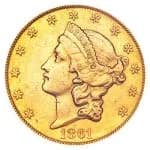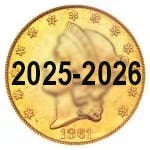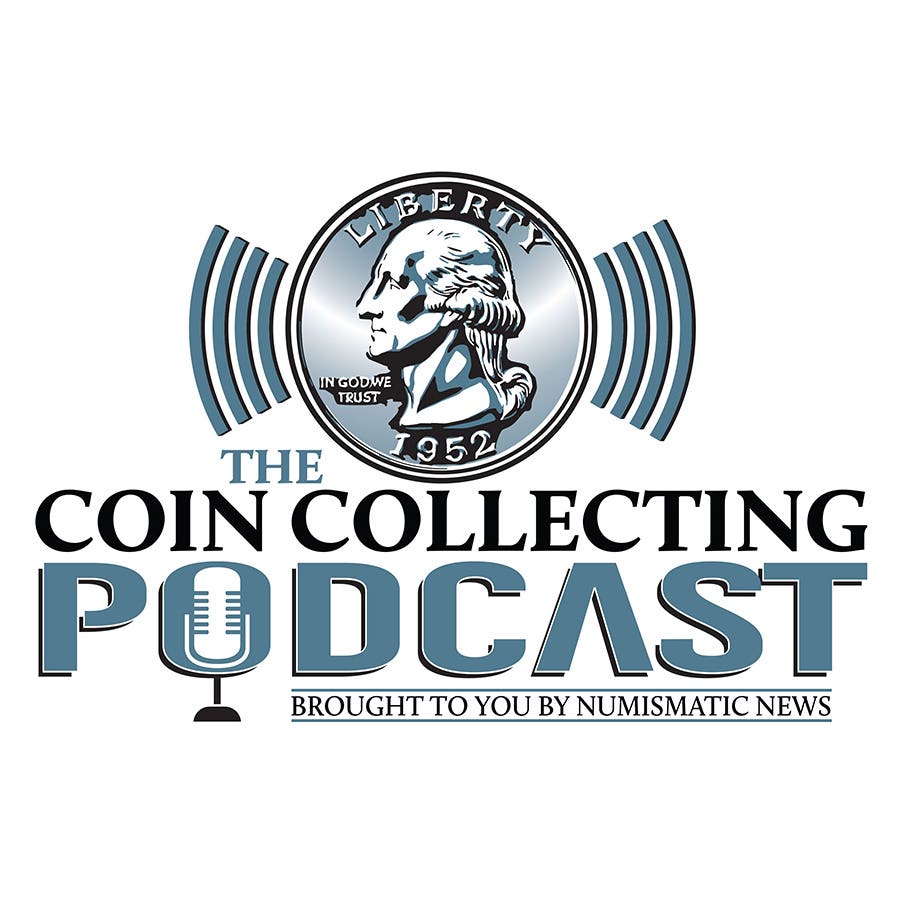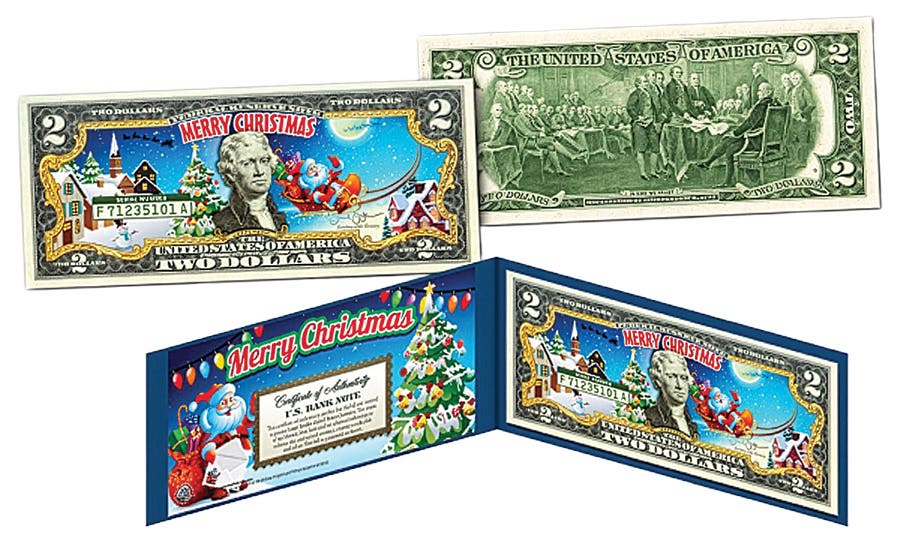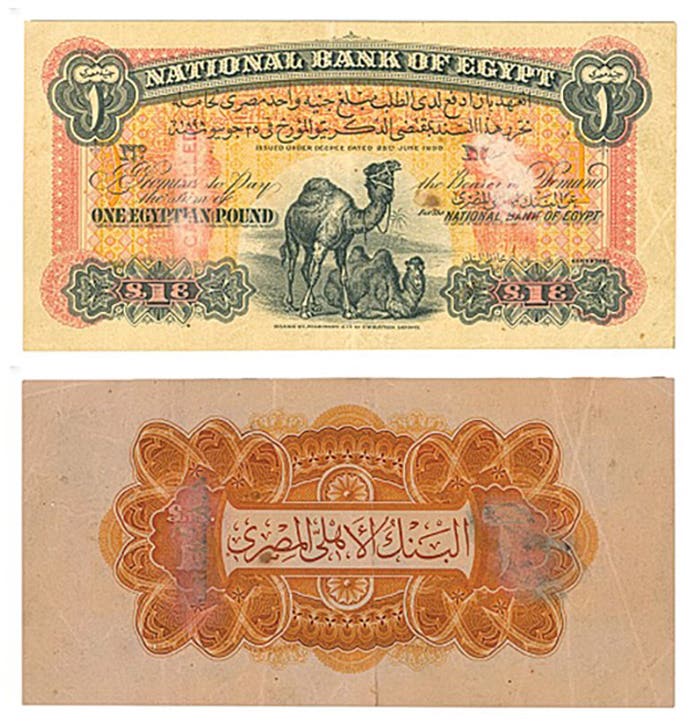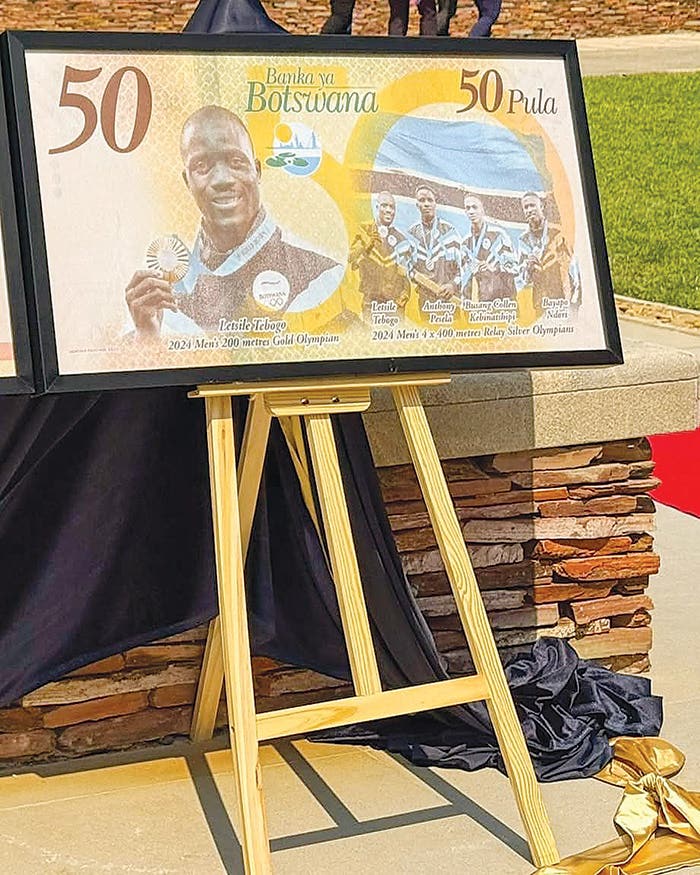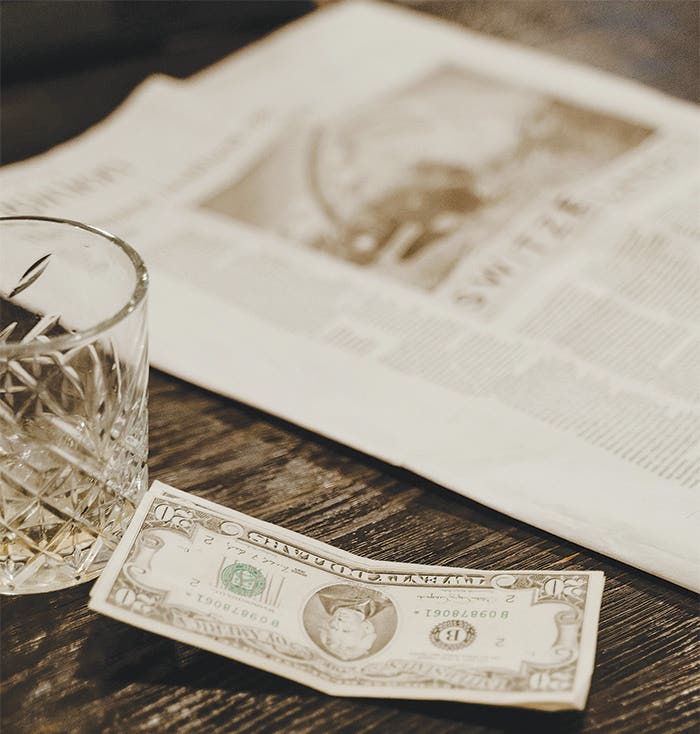2¢ Notes and Scrip
Civil War–era 2¢ notes emerged amid coin shortages and economic turmoil, later replaced by federal fractional currency.
In the June 2025 issue of Bank Note Reporter, I explored 2¢ notes printed primarily in the 19th century. Discussed were 1814–1816 Depression-era notes, sutler scrip (issued during the Civil War), and post-Civil War 2¢ notes. In part 2 of this series, I am focusing on 2¢ notes issued during the Civil War.
Like in 1814–1816, the years during the Civil War experienced a severe economic downturn, and there was a shortage of circulating coins. It was so dire that merchants and municipalities had to produce their own tokens and currency to deal with the crisis. The net result was a plethora of privately issued currency during the first half of the 1860s, issued in denominations ranging from 1¢ to $1,000 (obsolete currency). These diminutive notes now fetch quite a bit of money. In some cases, hundreds of dollars, and a couple have sold for more than $1,000.
Eventually, the Treasury recognized that circulating money was a government responsibility, and the National Bank Act of 1863 banned the production of private currency and scrip (which were never federally authorized).
To replace privately made scrip and notes and alleviate the existential crisis, the Treasury produced the first issue of postage currency in 1862 and, subsequently, the second through fifth issues of fractional currency from 1863 to 1876. Many contributing reasons for the lack of coins included hoarding, the onset of the Civil War, widespread bank and railroad failures, and the depletion of West Coast gold and silver mines.
Thanks to Heritage Auctions and Stack's Bowers Galleries for the images contained in this article. Their auction archives continue to provide a wealth of images and helpful information.
Rare April 28, 1864, Kutztown, Pennsylvania, "Abolition Exchange" Greenback Manufactory note. This whimsical note on green (left) and white (right) paper shows a goose pecking for food. The text "Abolition Exchange" refers to the removal of government-imposed restrictions on the buying and selling of currencies. The bottom reads, "For Five of these 'Abolition Exchange,' I'll pay Ten Cents as long as Father Abraham is not stolen." Both notes have a printed signature of Rud. Kitthaus on the bottom right, and the white example has a hand-written serial number "610." The green note is worth north of $1,000.
Left: Signed George Walker merchant scrip. Walker ran a gentleman's clothing and furnishing store in Salem, Massachusetts. It was issued in the 1860s, as indicated by the postage currency reference. Right: January 1, 1865, unknown merchant scrip from George Mills, New Hampshire. A nice red seal featuring a U.S. shield in the upper left.
Left: Signed and numbered October 5, 1862, Harvey Birch & Bro. merchant note. From a Reading, Pennsylvania, dealer of newspapers and medicine (an odd combination). There is an ominous skull and crossbones in the center warning, "To Counterfeit is Death." Center/Right: July 25, 1864, James Fellow merchant's note from Hopkinton, New Hampshire, which sold English and West Indian goods. Two-sided notes of such a low denomination are rare.
Left: Signed January 1, 1863, J.B. McCreary & Co. merchant note from Audenried, Pennsylvania. A lovely example with a Native American on the far left, holding a bow and a small tomahawk. Right: Undated, circa 1860s J.F. Carter & Sons merchant note from Cragford, Alabama.
Pair of signed John Jeffery merchant notes from New London, Connecticut. The notes are hand-numbered, with one dated May 1, 1863 (left), and the other dated May 1, 1864 (right).
Two 1863 Wesley Segar merchant scrip. Left: Segar was a manufacturer of window shades in Utica, New York. The 2¢ note is printed in red ink and features a portrait of Benjamin Franklin. Center/Right: Face and back of a numbered Segar note. The note has an eagle and a printed signature of Segar, and the back lists his wares in green ink.
Left: June 23, 1864, numbered and signed Jones & Sawyer merchant note from Alton, New Hampshire. Alonzo Sawyer of Jones & Sawyer also served as the town's postmaster during Lincoln's administration. Center: Undated, signed, and numbered Joseph Graves merchant note from Boston, Massachusetts. Right: Circa 1860s Lewiston Falls Bank remainder note. The Androscoggin Mill, referenced in the bottom left, was a large pulp and paper mill located in the nearby town of Jay. An image of cotton plants is in the upper left corner.
Left/Center: Front and back, October 5, 1864, Mason & Fox merchant scrip from Plymouth, New Hampshire. A rudimentary eagle is in the front center, and the back features an inverted "2" in red. Right: Undated, signed Guthsville, Pennsylvania, T.K. Geislove merchant scrip. An allegorical female figure is holding a scythe in front of her bounty, suggesting Geislove specialized in produce.
Left: November 24, 1863, Page & Martin merchant scrip from Manchester, New Hampshire. The note is signed by L.E. Martin, and there is a steer in the upper left. Right: June 20, 1863, signed Pat Kelley's Restaurant and Livery Stable note from West Troy, New York. In the top center, a horse pulls a carriage with a rider atop.
Left: Rare, numbered February 2, 1863, S.S. Mitchell merchant scrip from Saco, Maine. There is a vertical "2" in the right margin. Redeemable in postage currency. Right: Signed and numbered December 15, 1863, Snow Hill Drug Store mercantile check. Ornate note with two fancy "2" in cartouches and a small image of Justice holding her scale aloft.
Left: Rudimentary November 30, 1863, J.E.F. note from an unknown Farmington, New Hampshire, merchant. Right: Numbered and signed Quimby's Periodical Mart note with an American shield and 13 stars and stripes. The "UNION" overprint on the shield dates to the Civil War
Left: November 25, 1862, Reading, Pennsylvania, Beobachter Office of A. Puwelle note. Crude condition, but its design includes an ornate "2." This may be an issue of a newspaper office, as "Beobachter" translates in German to "Observer." Right: November 1, 1863, Robert F. Gerrish merchant scrip from Franklin, Maine.
Left: Undated and signed Civil War-era Schuylkill Bank note. Right: August 1, 1864, Putney's Dry Goods Store signed merchant note with a crude eagle in the center.
Left: February 28, 1863, Philadelphia House refreshment note. The Philadelphia House was a New York City-based hotel originally opened in 1833. Right: Undated S. & S. D. Railroad Co. scrip for the Schuylkill and Susquehanna Railroad (formerly Dauphin & Susquehanna Railroad). On the face are two horses pulling a trolley. Winding through 54 miles of Pennsylvania farm and coal country, the railroad served 27 communities and dozens of businesses and industries through the state’s Stony Valley.
Left: December 18, 1862, signed, restaurant note from Troy, New York. An attractive note showing a turkey dinner with all the trimmings. Right: A rather ornate example of an undated, signed W.O. McClure merchant scrip from Utica, New York.
Left: July 1, 1864, unknown merchant note from Concord, New Hampshire, with a bold red "2" in the center. Center/Right: Albany, New York, March 1, 1863, D.L. Wing Flour store scrip signed by the owner and numbered. Also included is an image of a merchant token issued by D. L. Wing.
Pair of April 1, 1864, S.W. Chubbuck merchant notes from Utica, New York. Chubbuck was a manufacturer of telegraphic instruments. Note that it is payable in postage currency (first issue of fractionals). The note on the left is in black ink, and the example on the right is printed in green ink and signed by Mr. Chubbuck.
You may also like:

